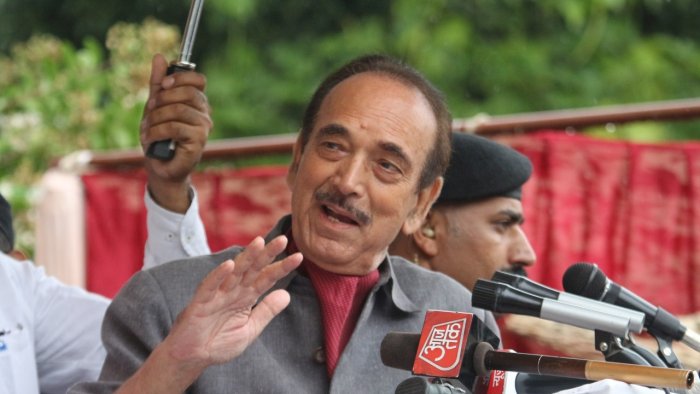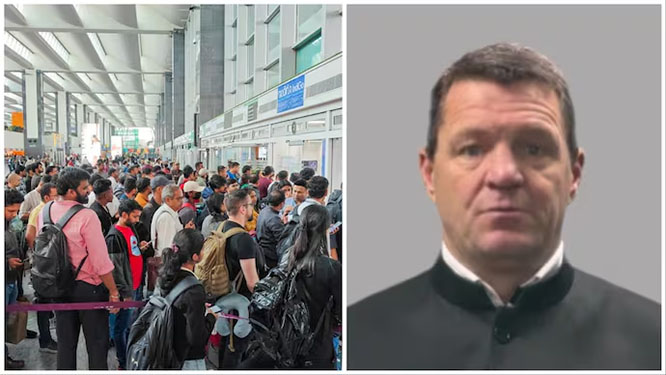
Srinagar, Sept 11: Ghulam Nabi Azad, who broke his five-decade-long association with the Congress last month, Sunday said Article 370, which granted special status to Jammu and Kashmir and was revoked in August 2019, can't be restored.
Amid a show of strength in Baramulla, Azad, who addressed his first political rally in Kashmir after quitting Congress said, “I will not allow parties to exploit and mislead people in the name of Article 370. It cannot come back as 370 restoration needs a two-thirds majority in the Parliament.”
The veteran leader, who announced that he will launch his new party within the next 10 days, rued that political exploitation killed one lakh people in Kashmir and orphaned five lakh children since 1990.
“I will not seek votes on falsehood and exploitation. I will speak only what's achievable even if it hurts me elections,” Azad said in an apparent reference to the National Conference and the PDP.
While seeking support of people for restoration of statehood, protection of jobs and land for local residents, 73-year-old Azad said, “My party will be development-oriented. Its agenda will be to give employment opportunities to the people.”
Azad, also a former chief minister of J&K, ended his five-decade association with the Congress on August 26, terming the party “comprehensively destroyed”. He also lashed out at Rahul Gandhi for “demolishing” the party’s entire consultative mechanism.
Speaking at a public meeting at Dak Bungalow in Baramulla, Azad said his new party will be ‘Azad’ (free), like his name, in its ideology and thinking.
“Some of my colleagues said we should name the party as Azad. But, I said never. That may happen after my death, but not till then,” he added.
On September 4, Azad during a meeting in Jammu said that he had not decided upon the name and the flag of the party, saying that one of his focus areas will be restoration of full statehood.
“I have not decided upon a name for my party yet. The people of Jammu and Kashmir will decide the name and the flag for the party. I will give a Hindustani name to my party that everyone can understand,” he had said.
Azad is also scheduled to hold similar rallies in neighboring Kupwara district and south Kashmir in coming weeks.
Meanwhile, ahead of the rally, eight councilors of the municipal council resigned from Apni Party led by Altaf Bukhari to join the veteran leader’s new party.







Comments
Add new comment